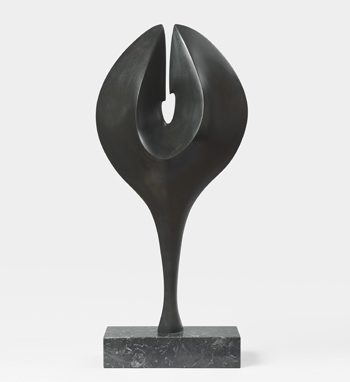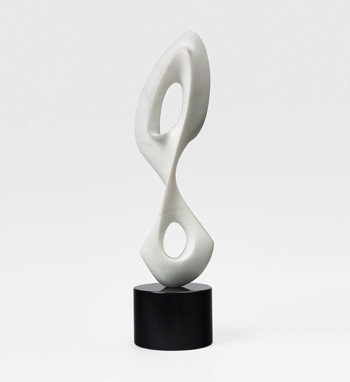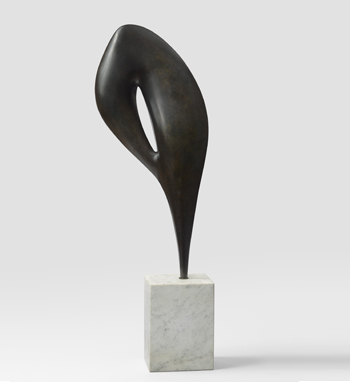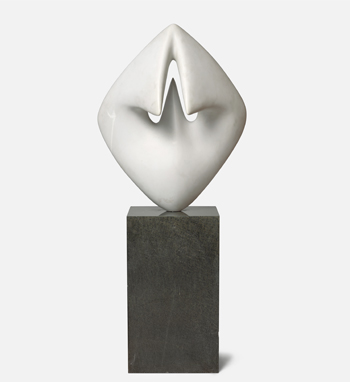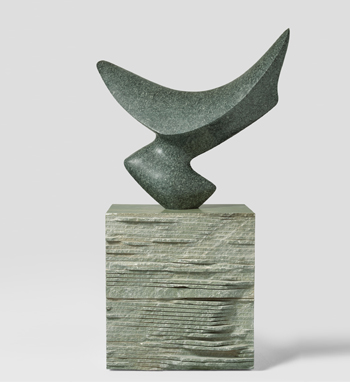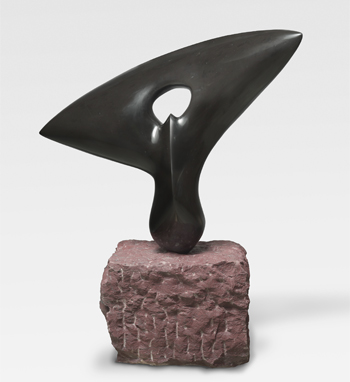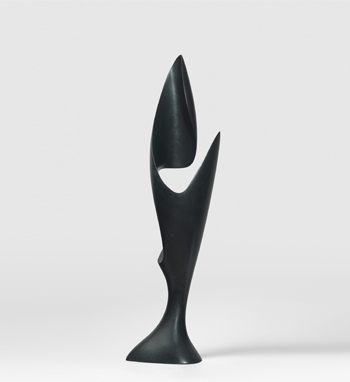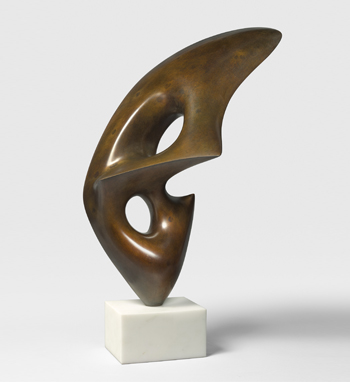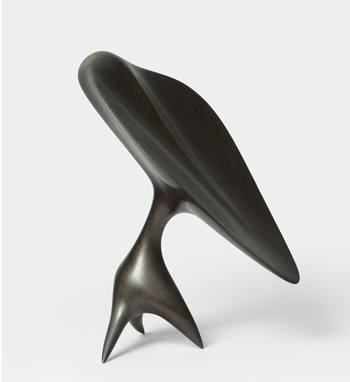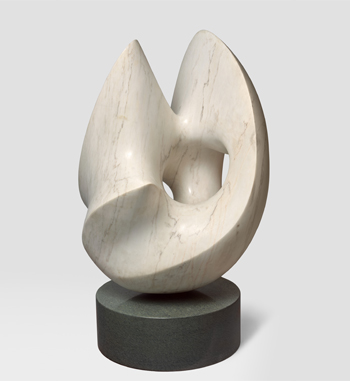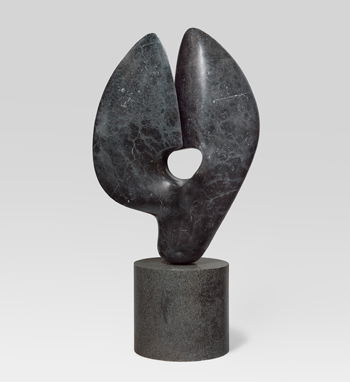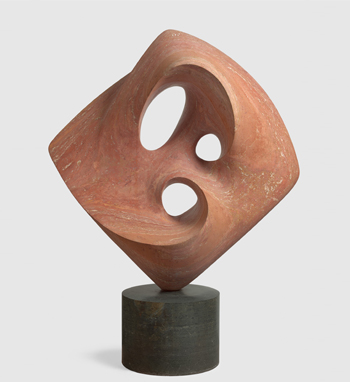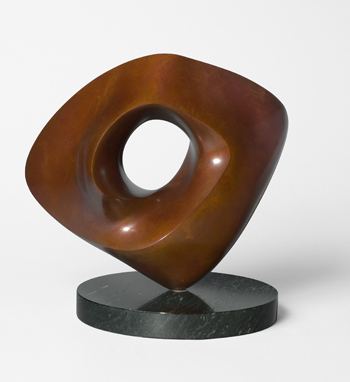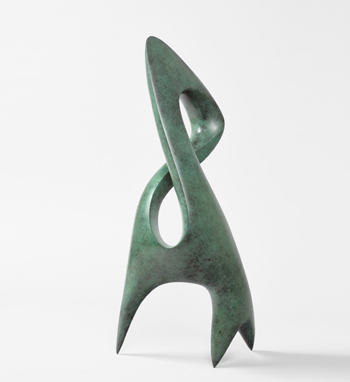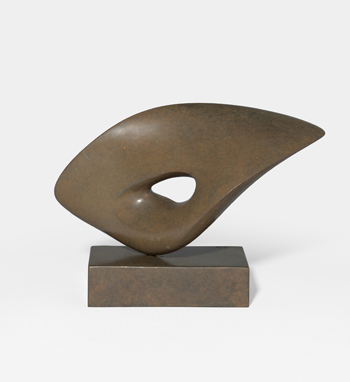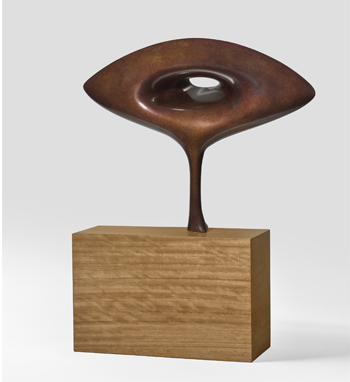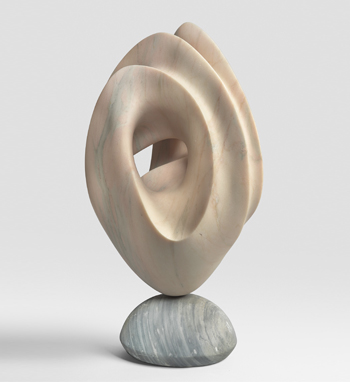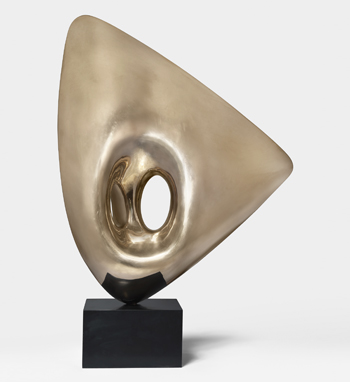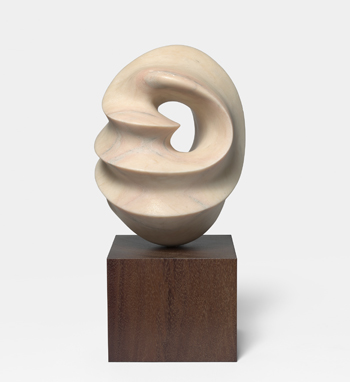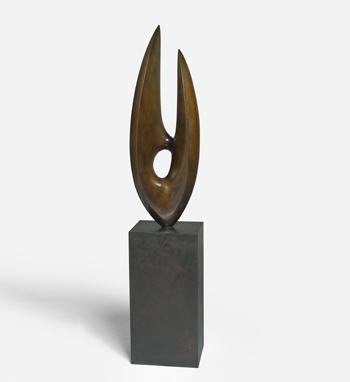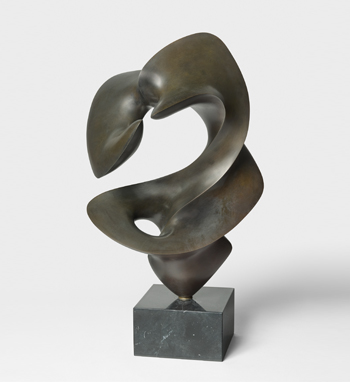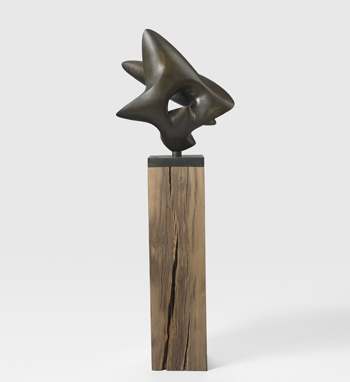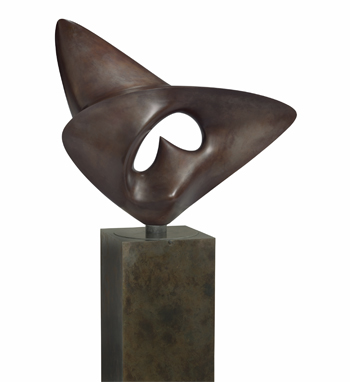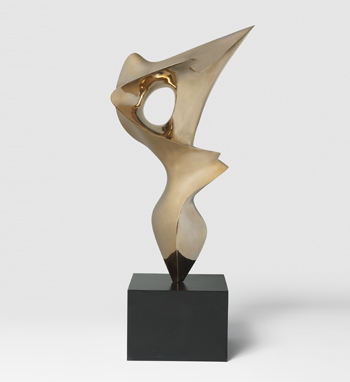Antoine Poncet (1928-2022)
Born in Paris in a family of artists Antoine Poncet was the son of Marcel Poncet (1894-1953), a Swiss glass maker and painter, and the grandson of Maurice Denis (1870-1943), a painter and theoretician of the Nabi group. He grew up in Paris until the age of 11, when his father decided to move back to Switzerland. Antoine Poncet was initiated to a sculpture in Germaine Richier’s studio in Zurich, then trained as a painter in the Arts Academy in Lausanne. He settled permanently in Paris in 1948; he was initially Zadkine’s pupil before becoming Jean Arp’s assistant from 1953 to 1955. His ancestry and training strongly influenced his style. His works reflect the issues which permeate the history of modern art, in particular sculpture: they challenge form in direct line with great groundbreakers such as Constantin Brancusi or Jean Arp. Just like them Antoine Poncet’s starting point was the observation of forms in nature, yet he translated and reduced organic reality, opting for condensed forms not so much to distantiate from their materiality, but to express their essence. He developed an approach to sculpture which was rigorous and sensitive, producing a range of pure and balanced forms in plaster, bronze or marble.
His work fully came to light in 1956 during the Venice Biennale, then when it was shown in the Paris gallery owned by Iris Clert. These first achievements inaugurated a lasting international career. Until the early days of the new millenium the artist never ceased to deepen his investigation into movement and balance, just as his mastery of materials which he favoured such as marbles and polished or patinated bronze.
The works of Antoine Poncet feature in the collections of some of the greatest museums around the world including MOMA, Brooklyn Museum, NAMOC (Beijing), Tel Aviv Museum of Art, Open Air Museum Hakone (Japan), Museo del Novecento (Milan), Musée d’Art Moderne de la Ville de Paris, MNAM Centre Pompidou and Musée Bourdelle.
Galerie Jacques Lacoste acquired the contents of Antoine Poncet (1928-2022)’s studio from his descendants with the purpose of bringing to light the work of a major modern sculptor.

